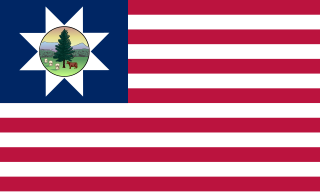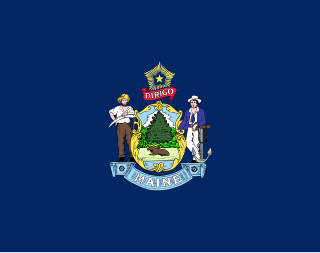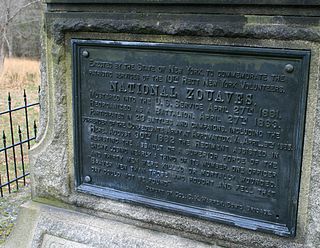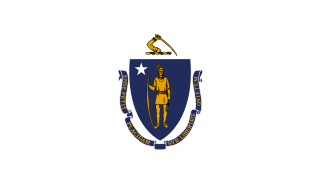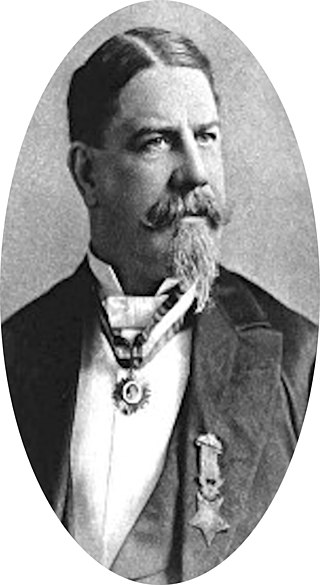After several temporary assignments the regiment finally became a part of the 3d brigade, 1st division, III Corps in McClellan's Army of the Potomac (AoP) on March 13, 1862.
The Peninsula campaign
Companies H and I had served detached from the regiment at Fort Washington, D. C., from August, 1861, to March, 1862, and rejoined the regiment in Alexandria on March 15. The regiment embarked for Fortress Monroe on Saturday, March 17, 1862. Morale was high in the army as they looked forward to the campaign, and some of the men in the 37th had smuggled whiskey aboard the transports leading to a drunken brawl with men of the 2nd Michigan that ended when the 2nd's colonel Orlando Poe, roughly sent five of the 37th's instigators below decks.The 37th was part of a movement of 121,500 men that an English observer remarked that it was the "stride of a giant." Amassing his army at Ft. Monroe, McClellan shelved his initial amphibious envelopment of Yorktown because the CSS Virginia was still in operation, and he ordered an advance up the Peninsula to begin April 4.
On April 5, the IV Corps made initial contact with Confederate defensive works at Lee's Mill, an area McClellan expected to move through without resistance. This unexpected defensive line stretched across the peninsula along the Warwick River. Taken in by a successful Rebel deception campaign by the local Rebel commander, MGEN John B. Magruder, McClellan began his siege. The 37th found themselves in the lines directly opposite Yorktown as a member of Heintzelman's III Corps. After a failed attempt to disrupt the Confederates' improvement of their fortifications at Dam No. 1, on the Warwick River near Lee's Mill, on Wednesday, April 16, the AoP spent the remainder of April in the laborious process of transporting and placing massive siege artillery batteries, which McClellan planned to deploy on May 5. By this time, LTGEN Joseph E. Johnston and his Army of Northern Virginia were in the Yorktown fortifications. The men of the 37th had to endure frequent April rains that turned the opposing trenches to morasses of mud. Among the more dangerous duty during the siege was picket duty in advance of the main lines, rotated through the companies along the 37th's frontage.
Escaped slaves entering the 37th's corps' lines on Saturday, May 3, reported that the Rebels were sending their supply wagons in the direction of Richmond. McClellan refused to believe the intelligence because of his overestimation of the size of Rebel forces opposite him. He was convinced that Johnston's 120,000 man army [note 5] would stay and fight. Saturday evening, the 37th and the other troops received a brief bombardment from the Rebel fortifications. Early Sunday morning, the 37th's corps commander, Heintzelman, ascended in one of Lowe's observation balloons and saw that the Yorktown defenses were empty. [note 6]
A surprised McClellan sent cavalry after Johnston who decided to make a stand Fort Magruder, straddling the Williamsburg Road (from Yorktown), constructed earlier by Magruder. [note 7] The Battle of Williamsburg was the first pitched battle of the Peninsula campaign, in which nearly 41,000 Union and 32,000 Confederates were engaged. BGEN Joseph Hooker's division, first in line of march, made first contact. It assaulted Ft Magruder, but by 15:00, was being driven back and was at the point of being overrun by MGEN James Longstreet when they were saved by the timely arrival of BGEN Philip Kearny's [note 8] 3rd Division. Kearny immediately deployed his men to Hooker's left. The 37th, being in BGEN Berry's 3rd brigade in Kearny's division, deployed on the left flank of their division with the regimental flank anchored against the marshy ground sloping down to Halfway Creek.
The battle was heavy and fought where the gun smoke combined with rain and fog to hamper visibility. There were several Rebel attempts to turn AoP's left flank. Berry had formed the 37th in loose order to extend through the woods between the farmland and the marsh. COL Hayman had further refused his line with Company B lest any rebels got through the timber and marsh. In that position, the 37th was continually engaged. Initially, the line was taken under fire from Confederate troops in the woods to their front. Soon, scouts came back from the woods reporting Rebels moving through the woods and marsh to get around the flank. Hayman shifted Companies C. F, G, I, K and to extend Company B's refusal of the line so that when the enemy came into the open they would not be behind the regiment. The 37th quickly repulsed the Rebels first and many frequent subsequent attempts to turn the left flank. After several of these assaults, the Rebels withdrew. The four companies remaining in the original line, Companies A, D, E, and H, had spread out further, but were also successful in beating back the attacks. Overall, holding down the left flank allowed Berry, and in turn, Kearny to keep the line intact and, in turn, allowed Hooker to hold. A Confederate assault on the other end of the line against Hancock's brigade in the 2nd Division of IV Corps failed with great loss and the battle ended. Around 17:00, McClellan finally arrived on the field from his headquarters in Yorktown despite being aware of heavy fighting since 09:00.
While at Williamsburg they received a complimentary mention from General Philip Kearny for gallantry in action. [note 9] Several of the company-grade officers and staff NCOs were commended by both Berry and Hayman for their performance during this action. While Hooker's division was mauled, the 37th and Kearny's division as well as Hancock's brigade at the other end of the U.S. line, acquitted themselves well. During this battle, the 37th suffered 95 killed, wounded, or found to be missing.
While McClellan reported this battle as a brilliant victory saved from defeat by his appearance on the field, it was actually a planned delaying action by Johnston who bought time for his retreating army to get back to the defenses at Richmond. McClellan, per usual, was inept when the enemy behaved differently from how he expected, and he downplayed the performance of his subordinates while puffing up his ineffective actions. Francis Palfrey, [note 10] an oft-quoted officer in the 20th Massachusetts, concluded that the commanding general's late arrival at the battle marked a pattern of behavior, a reluctance to actually command in battle; he wrote, "Curiously enough, there was almost always something for McClellan to do more important than to fight his own battles."
At the Battle of Fair Oaks and in the Seven Days' battles the regiment was closely engaged, after which it went into camp at Harrison's landing; moved from there to Alexandria; was present at the battles of Bull Run and Chantilly; reached Falmouth December 6, 1862; was active at Fredericksburg with a total loss of 35 members; and encamped near Falmouth during the rest of the winter.
On December 24, 1862, the regiment received the veterans of the 101st N. Y.











